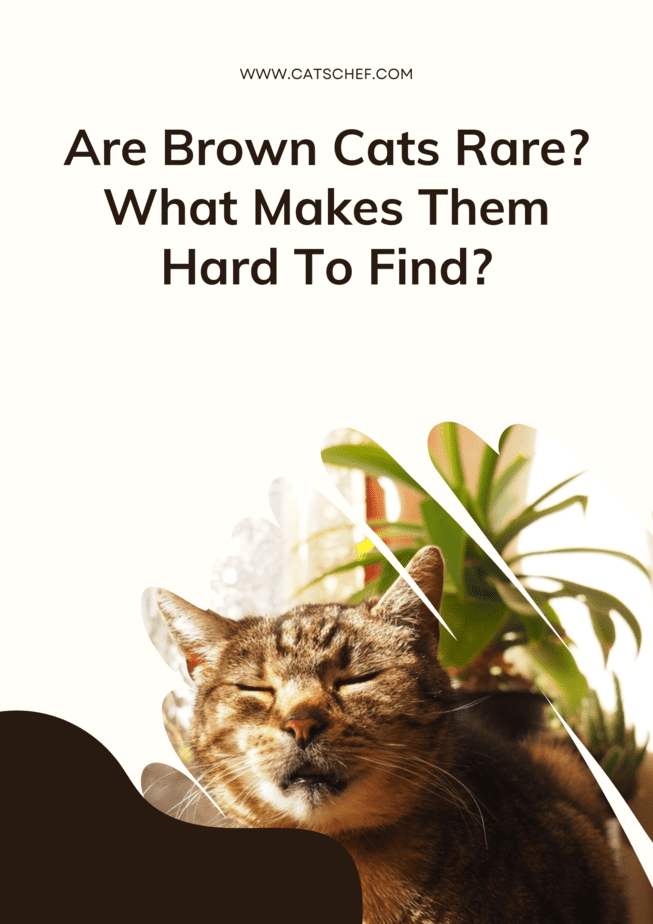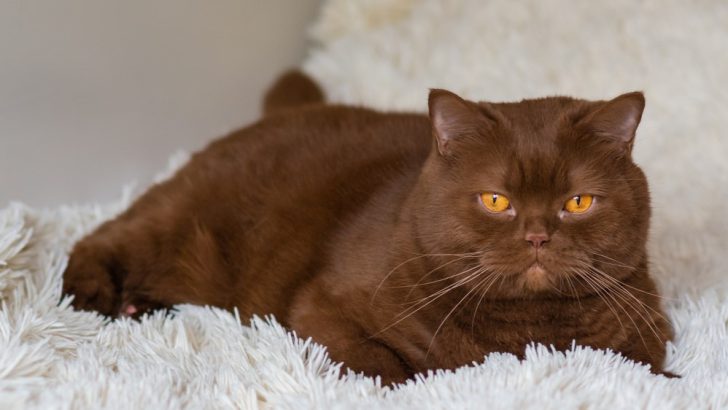Sipping hot chocolate, munching on a chocolate croissant, and cuddling with a chocolate fluffer… Are we the only ones that didn’t know chocolate, cinnamon, and fawn cats were an option? And, the only thing stopping us from getting one seems to be this question: Are brown cats rare?
Who wouldn’t want to be one of the few who’s fortunate enough to spend every moment of the waking hour with a fluffy friend that looks like the warmest autumn embrace? We’ve been obsessed with the way brown eyes look when they’re illuminated with sunshine for years and years (thanks to TikTok!).
But, what happened when the same shades of honey (the most delicious, paw-licking treat ever) appear on your cat’s coat? Who wouldn’t stop and stare?!
We’re having a hard enough time stopping ourselves from listening to our intrusive thoughts (aren’t we fools!) and chomping on those pouty snouts and puppy-like paw pads.
Therefore, nobody’s surprised when we spend our Friday nights looking up the nearest breeders and hoping to catch a glimpse of a chocolate mouser. But, we soon discover that brown cats are rare and we might not get our hands on them that easily.
Worry not, though. We’re bringing you pretty much everything you need to know about these autumn staples. We might even offer a piece of advice or two on how to choose between some of the most magnetic-looking brown breeds out there. Here’s what we’ve gathered.
What determines the color of the coat?

Why are brown cats rare? Brown seems to be making a comeback (on the off chance that it’s even gone out of fashion in the first place). Go on your Instagram or TikTok. Open any of those high fashion, Balenciaga-type accounts. And, we’re pretty sure you’re going to be bombarded with brown, cream, and off-white clothes.
Now, our feline friends should never be seen as fashion statements. But, brown cats have been becoming more and more popular. We’re not talking about your everyday, neighborhood tabbies with brown patches scattered across their body. We’re talking about chocolate, cinnamon, and fawn breeds.
Brown cats are rare, but they’re far from being a figment of your imagination. They’re few and far between because of a gene that reduces the black pigment (and, thus, creates a brown one). What’s even more engrossing is the fact that brown cats are a result of genetic mutation – a beautiful one, at that.
Of course, the question of rarity doesn’t only come down to those recessive genes. Pigmentation’s always connected with different levels of melanin and that doesn’t change when we’re talking about brown cats.
But, melanin’s two structural components eumelanin (shades of brown and black) and pheomelanin (red and yellow coloration) are what make these chocolate beauties so… Chocolate.
Are brown cats rare, then?
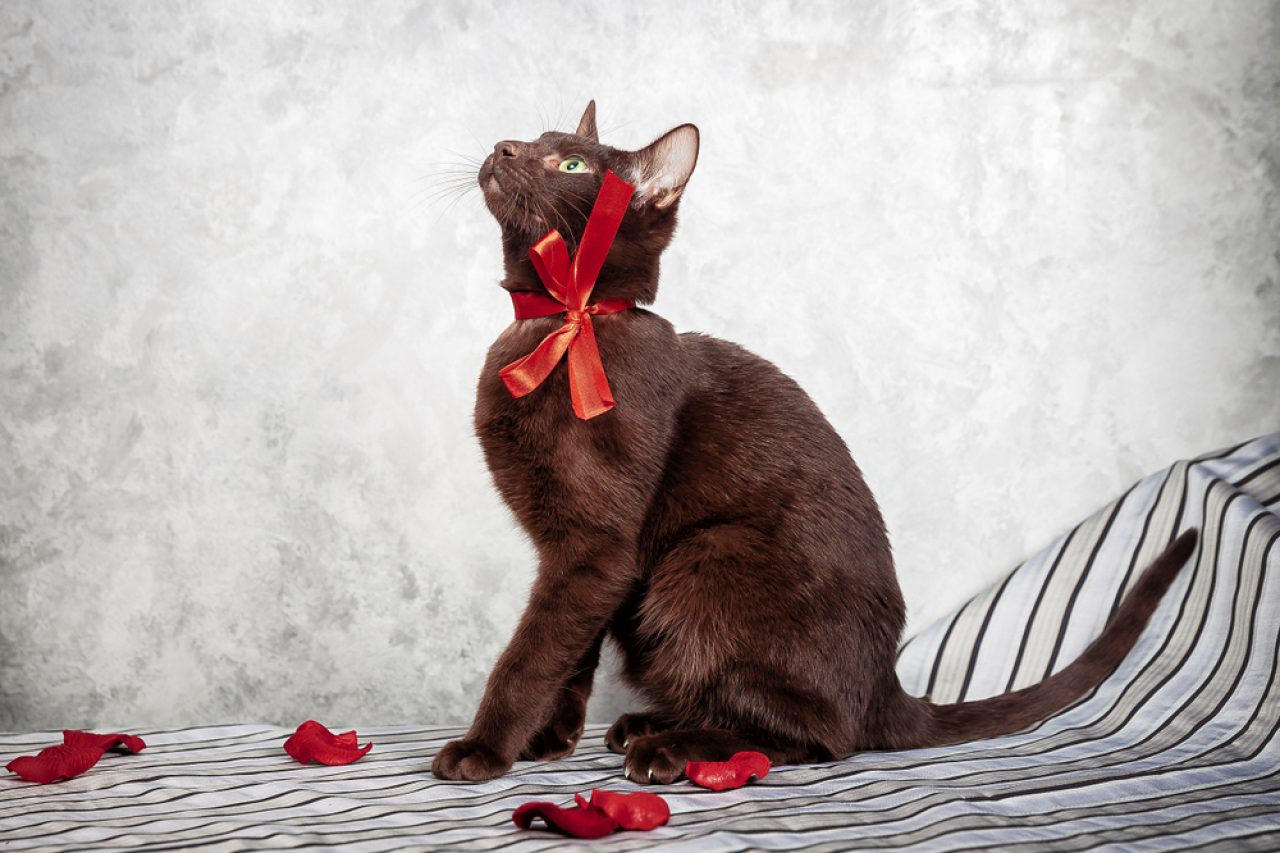
Brown cats are rare, there’s no question there. There are a bunch of processes that need to take place for a brown kitten to see the light of day. That means that brown cats need to possess a prevalence of eumelanin. They pretty much have to have higher levels of eumelanin than other gene variants.
Though that might sound strange, brown cats are a product of the feline primary gene for coat color (B/b/b1). What do we mean by that?
The B code refers to the black color (which brown cats do possess to a certain degree). But, the b and b1 codes refer to the recessive brown color with reduced levels of eumelanin (which makes cats appear brown).
While eumelanin might not be that popular among cats, some breeds can attest to the fact that the brown color deserves a spot as an officially recognized shade. And, some breeds (such as Havana Brown and Oriental Shorthair) do have the color brown listed as one of the official shades they can possess.
What other shades of brown cats are rare, too?
1. Chocolate brown
Chocolate brown cats are what we’ve been referring to the entire time. They have the warmest (and darkest) shade of brown out of the bunch.
And, they’re pretty rare because both parents have to be chocolate brown themselves to make sure they pass the same color on to all the offspring.
Going back to the gene talk, black cats possess the B/B genotype (with B standing for the black dominant gene) and they can’t produce brown offspring.
Brown cats, on the other hand, possess the B/b genotype (with b standing for the recessive brown gene) and can produce brown offspring. But, only a b/b genotype can ensure that a cat produces an all-chocolate brown offspring.
2. Cinnamon brown
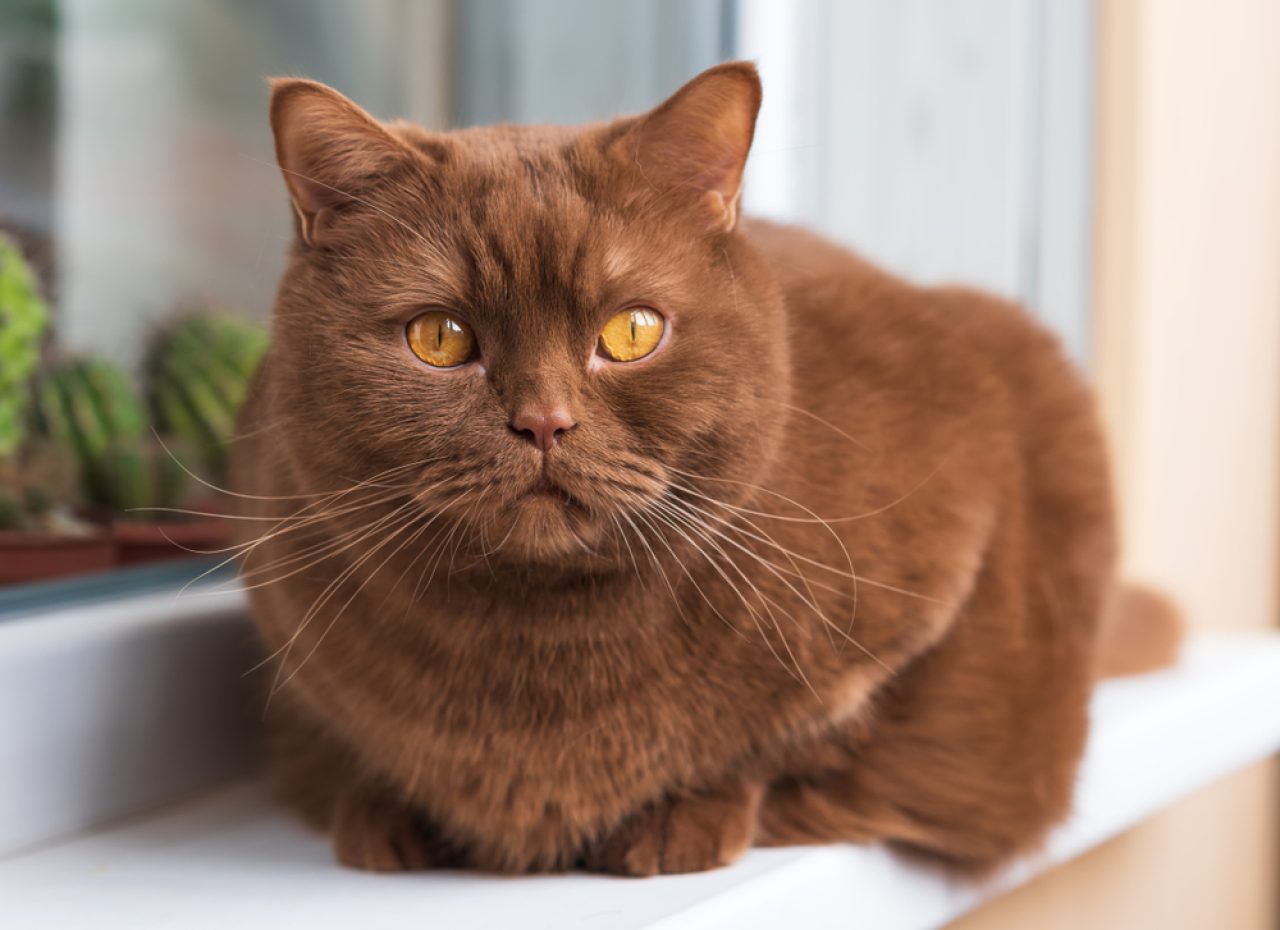
Brown cats might be rare, but cinnamon brown cats are on a different level. What do these fluffers look like and how are they different from regular brown cats, you might ask?
Cinnamon brown cats are a little lighter (and a little more special) than anything you might have pictured – and they’re as sweet as the name suggests.
What makes them rare, though? Only a b1/b1 genotype can ensure cinnamon brown kittens because b1 stands for the second recessive gene (that’s responsible for a lighter brown shade).
But, when a chocolate brown and a cinnamon brown cats mate (meaning, a b/b1 genotype), around 50% of the offspring might turn out cinnamon brown.
3. Dilute shades of brown
Oh, you thought brown cats were rare?! A dilute shade of brown (sometimes referred to as caramel or fawn) has to be the rarest among purebred felines (tabbies don’t count). And, that’s because the color brown requires a whole lotta work to become light, pale, and bright.
Not only does the color need to be diluted (with the help of a dilute gene). But, the dense pigment gene D/d needs to make the color muted (almost pastel). And, both parents would need to possess the appropriate genetic markers for the kitten to turn out fawn.
On the other hand, we can’t forget about the dilute chocolate shade – known as lavender or lilac. Some purebred cats can possess the d/d genotype and produce purple-like kittens. And, as you might have guessed, those are as rare as Shakespeare’s signature. But, what brown cat breeds are rare?
What are some of the cat breeds that can assume the rare brown color of the coat?
1. Persian
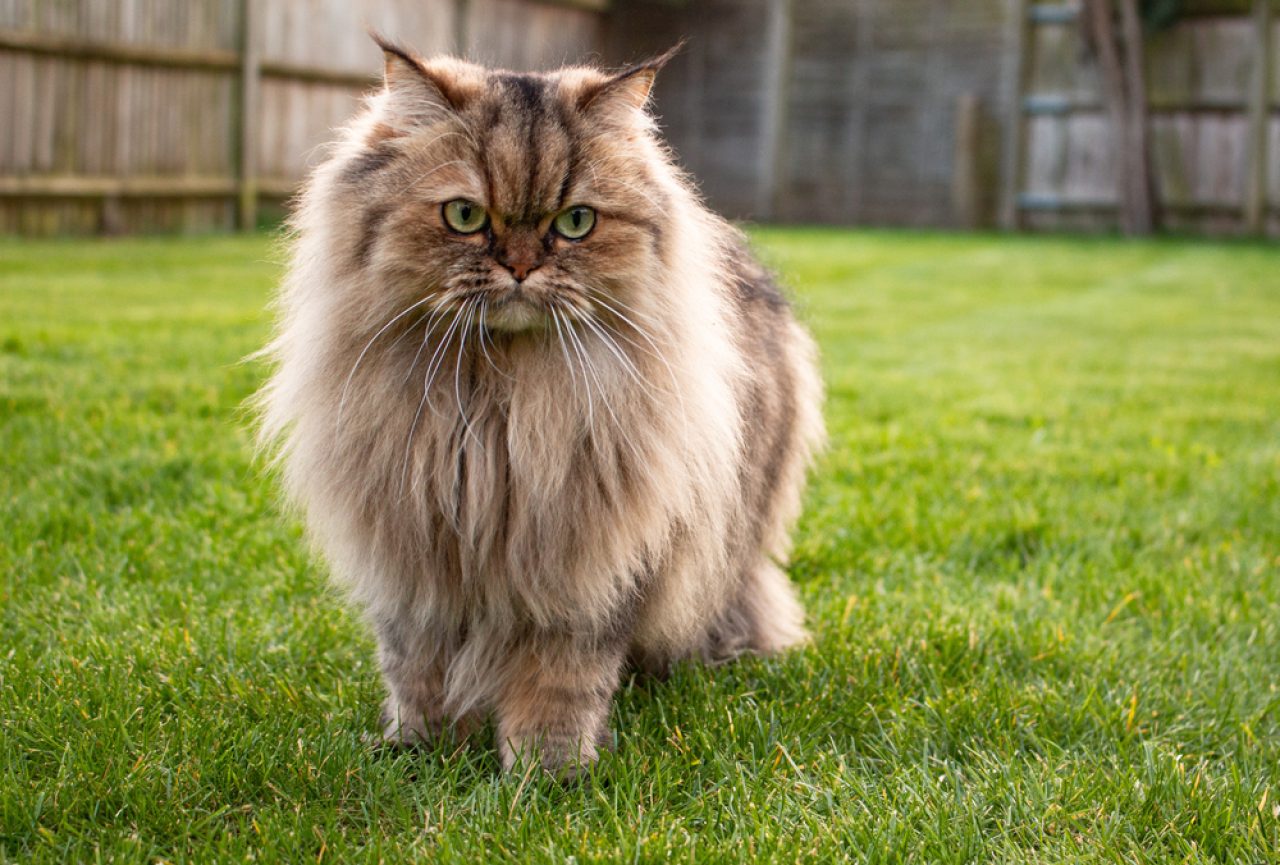
Come on, you can’t say you’re a cat lover and not know what absolute sweethearts Persian cats are! These little, pansy-like kitties are one of the most popular breeds out there and they happen to be able to have a brown coat color, too. However, brown Persian cats are pretty rare.
Nonetheless, they can make your dream come true with different shades of chocolate, cinnamon, and even fawn. And, to make things even better, brown Persian cats seem to have had something to do with the creation of the adorable and affectionate British Shorthairs.
Apparently, they provided them with some of those genes we went on and on about earlier in the article. Whatever the case might be, brown Persians should have a spot on your “brown kitties of the world” list.
2. Devon Rex
Known as poodle cats, Devon Rex cats are some of the most stunning breeds out there. And, we’re happy to announce that they’re one of the fortunate few that have the opportunity to produce brown offspring.
As a matter of fact, Devon Rex can take on an array of autumn colors such as chocolate, brown, sable, cinnamon, fawn, and lavender. They’re officially recognized as one of the breeds that can have a variety of brown shades. And, they’re one of the most popular ones to have that honor. And, brown Devon Rex cats aren’t even that rare.
3. Havana Brown
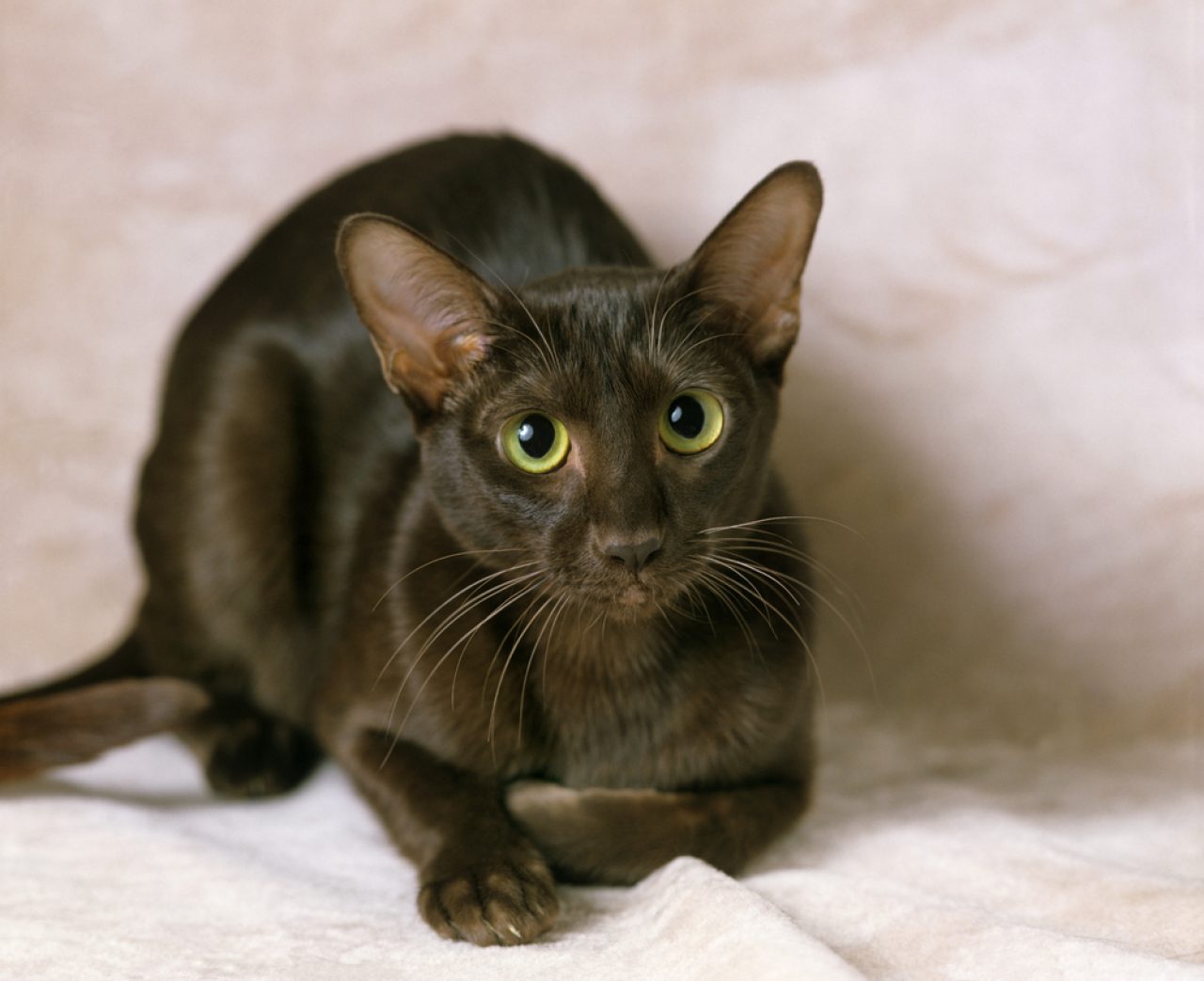
Brown cats might be rare. But, how rare can a Havana Brown be when she literally has the brown color as a part of her name? Turns out they’re extremely hard to come by considering the fact there are only around 1,000 Havana Brown cats anywhere in the world.
However, these chocolate beauties are the only breed that’s completely brown, from head to toe (or should we say paw pad?) They’re a cross between the Siamese, black domestic shorthairs, and the Russian Blue, making them the best of both (or all three) worlds.
Hurry up and get your hands on one of these stunning creatures before there’s none left, why don’t you!
4. Oriental Shorthair
Talk about an eye-catching breed, right? Oriental Shorthair cats are sociable, clever, and absolutely adore hanging out with humans – even those that pick them solely based on the color of their coat.
Same as Devon Rex, Oriental Shorthair cats can assume an array of autumn colors such as chocolate, brown, sable, cinnamon, fawn, and lavender.
Even though these curious creatures came to be as a result of crossbreeding with Siamese cats, they didn’t take long before they became recognized as purebred cats. Brown cats are rare, but brown Oriental Shorthair cats are as popular as they can be.
And, to make brown Oriental Shorthairs even more appealing, they’re often compared to humans because of their recognizable features.
As it happens, one of the viral members of the breed (known as Stache) gained popularity when the internet connected the dots and decided she looked like the House of Gucci actor Adam Driver.
5. York Chocolate
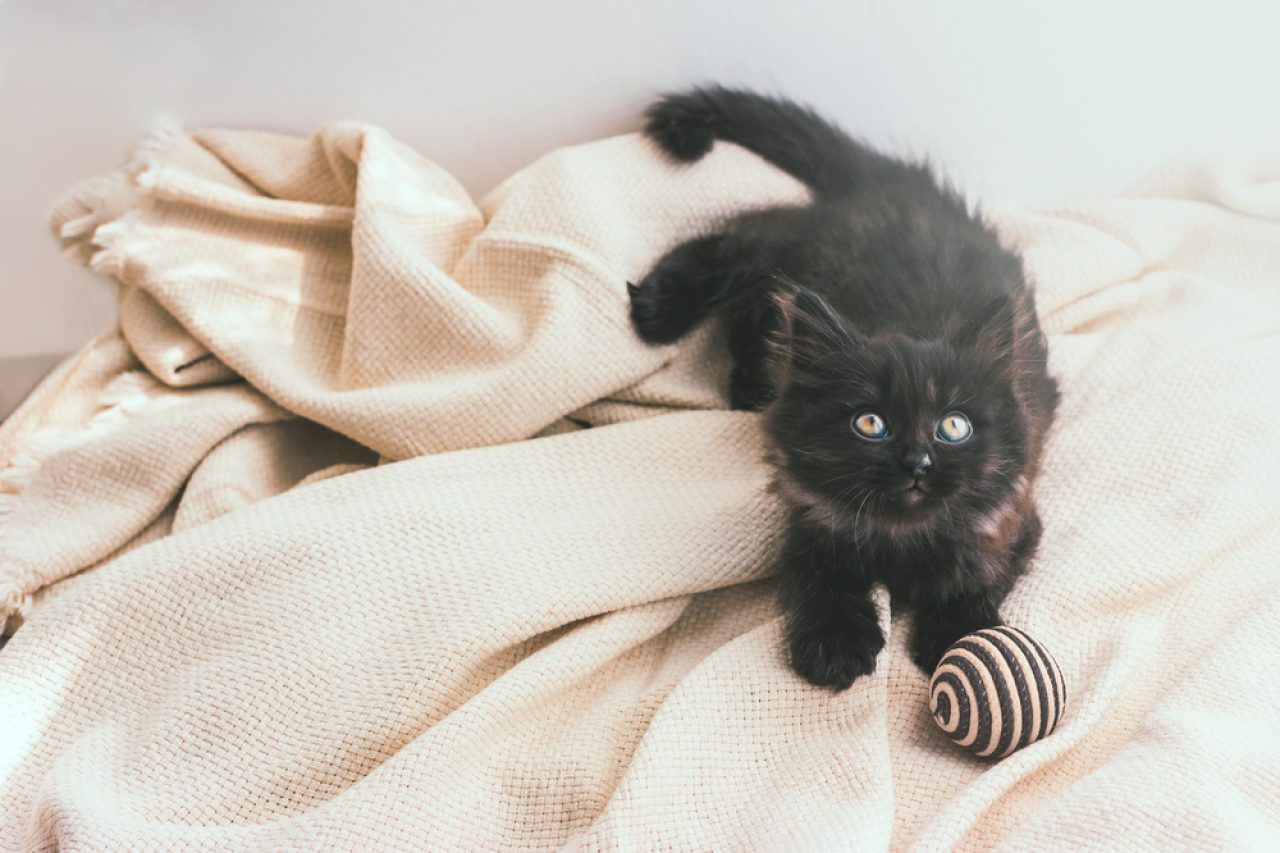
Granted that we weren’t already fans of delicious-looking felines, York Chocolate took the world by storm. With silky smooth and rich chocolate brown locks, they’re a sight for sore eyes. But, the world definitely needed some time to get used to these mischievous monsters.
York Chocolate cats appeared as recently as the 1980s as a cross between a longhaired black and white barn cat and a longhaired black tom cat. Kittens assumed different shades and color combinations. However, there was one brown kitten that looked like the most mouth-watering autumn beverage.
And, that was the first (of many) brown kittens that led to what we now know as the York Chocolate cat. Other than the obvious chocolate brown, Yorkies can take on bicolor chocolate, white chocolate, and lilac coat colorations.
6. British Shorthair
British Shorthair cats can possess a bunch of shades – and brown’s one of them. These beautiful beasts deserve the “teddy bears of the feline world” nickname they acquired over time (for a good reason). With round, chubby cheeks, and soft coats, they’re some of the cutest felines you can have.
And, the brown color of the coat makes them appear even more bear-like. Brown British Shorthair cats are rare, but that’s not stopping us from wanting to get at least three. Not to forget, the brown color of the coat comes from crossbreeding with chocolate Persians.
Therefore, the chocolate can vary from super light to super dark. But, not every shade had the pleasure of being recognized and accepted by the CFA.
7. Burmese
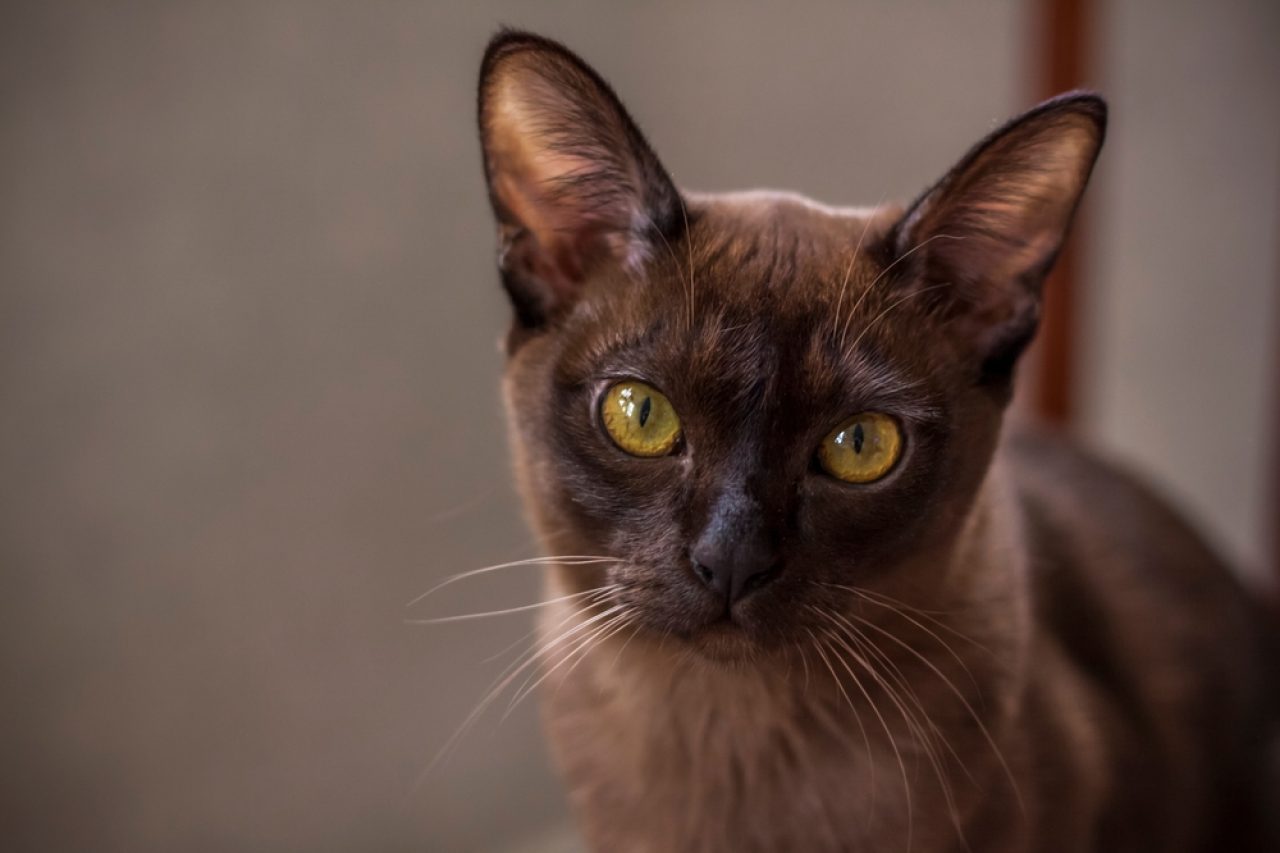
Burmese cats can trace back to a single brown cat, a female known as Wong Mau. She was imported to San Francisco from Burma in 1930. Wong Mau was bred with Tai Mau, a seal point Siamese. After that, she was bred back to the males of the litter – and the Burmese breed became a thing.
Even though Burmese cats were the real deal from the get-go, they did go through extensive breeding processes to make sure they were as pure as possible. So, the only recognized and accepted colors of the Burmese breed are sable, champagne, platinum, and blue.
And, for the record, sable Burmese are the ones we’re talking about. Are brown cats rare, you ask? With dark chocolate coats and cinnamon whiskers, they’re a treat everyone wants – but, not everyone can get.
